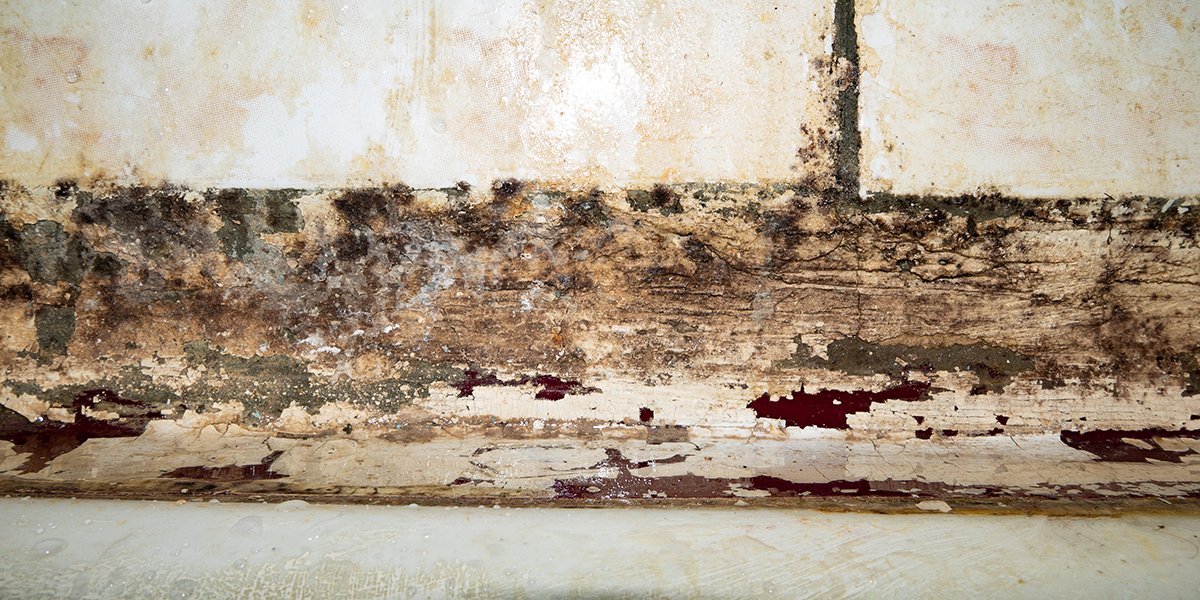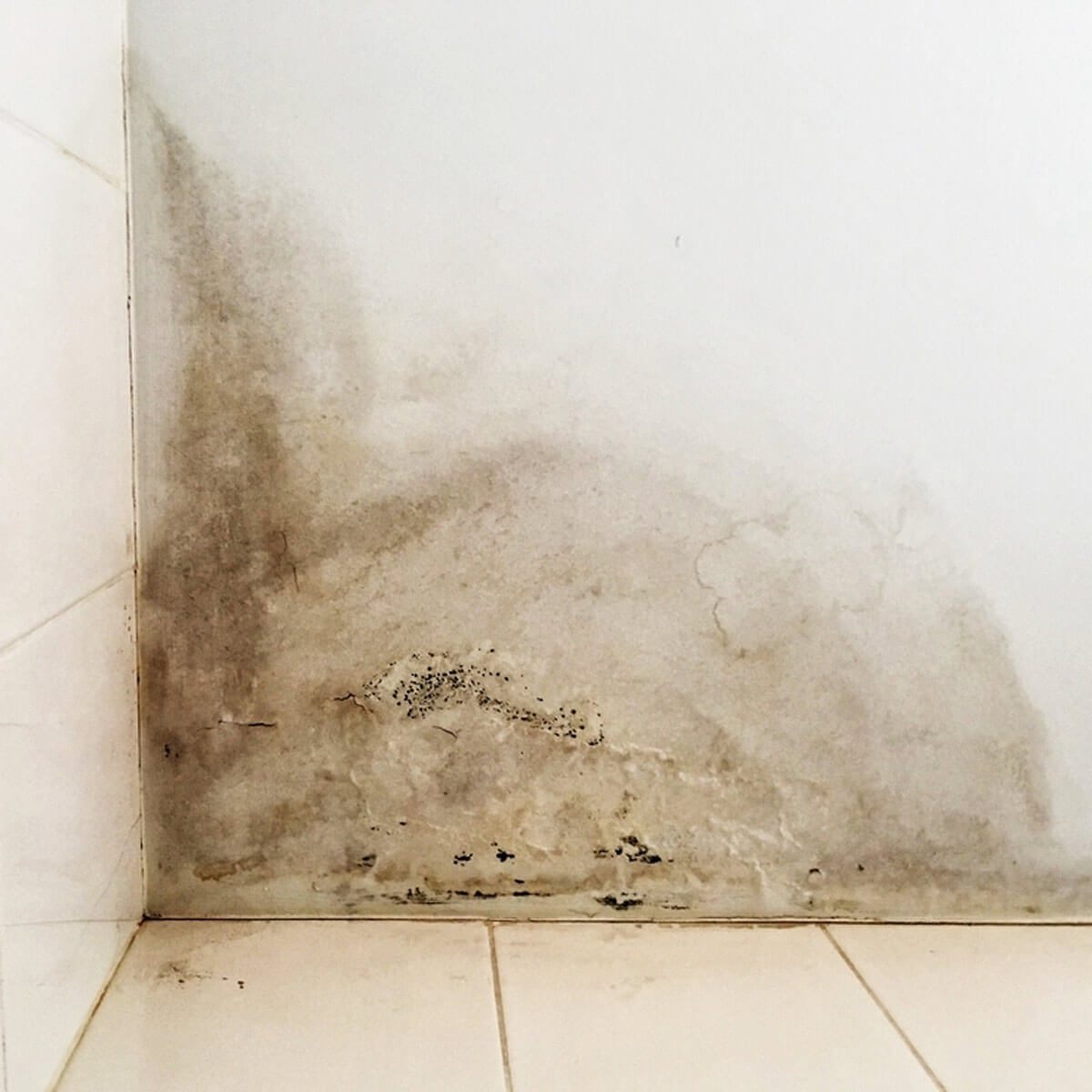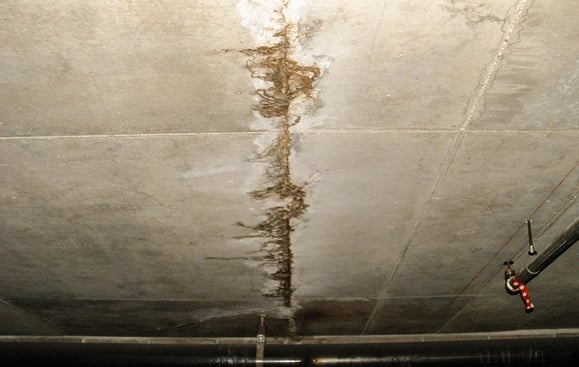The Process of Water Damages Clean-up: Ensuring Your Home Is Brought Back Effectively
Water damages can be an overwhelming obstacle for homeowners, necessitating a meticulous and organized clean-up procedure to bring back safety and security and performance. damage restoration services. Following this, effective water extraction strategies play a crucial duty in reducing additional injury.
Evaluating the Damages
Upon discovering water damages, the initial step is to extensively assess the extent of the influence. This preliminary examination is vital, as it helps figure out the essential steps for efficient cleanup and reconstruction. Begin by inspecting the impacted locations, consisting of wall surfaces, ceilings, floors, and personal items, to recognize the source of the water invasion, whether from flooding, leaks, or condensation.
Recording the damage is crucial for both insurance policy cases and preparing reconstruction initiatives - damage restoration services. Use photos and written notes to capture the extent of the damages, keeping in mind any type of damaged structural components and materials. Pay unique interest to locations that may not be right away visible, such as behind walls and under carpetings, as hidden wetness can bring about more problems, consisting of mold and mildew development
In addition, analyze the timeline of the water exposure. The longer the materials remain damp, the greater the potential for damage. Recognizing the period of exposure will notify the seriousness of remediation initiatives. Eventually, a thorough analysis prepares for an effective water damages cleaning procedure, guaranteeing that all affected areas are resolved successfully and completely.
Water Removal Methods

Specialists typically employ submersible pumps for larger volumes of water, which can quickly ease flooding in cellars or various other impacted locations. For smaller amounts, wet/dry vacuums are often used to extract recurring dampness from carpetings and tough surface areas. Furthermore, making use of portable extractors permits for targeted elimination in restricted areas or areas with fragile products.
In circumstances of infected water, such as sewage or floodwater, advanced removal strategies may involve making use of biohazard equipment to make certain safety and security and compliance with wellness regulations. High-powered extraction devices are crucial in reducing water retention in structural products, which can cause mold development and structural deterioration otherwise resolved quickly.
Ultimately, the efficiency of water extraction strategies plays a crucial role in the overall success of the water damage clean-up process, laying the groundwork for subsequent reconstruction efforts.
Drying and Dehumidification
As soon as standing water has actually been efficiently extracted, the next important phase in the water damage clean-up procedure is drying out and dehumidification. This action is important to prevent further damages and mold growth, which can take place within 24 to two days in damp settings.
To achieve effective drying out, specialized tools such as industrial-grade air moving companies and dehumidifiers is employed. Air movers distribute air throughout damp surface areas, boosting evaporation prices, while dehumidifiers reduce moisture levels airborne, promoting a helpful setting for drying. The combination of these tools pop over to this web-site makes certain that dampness is extracted from floors, furnishings, and wall surfaces, permitting them to completely dry thoroughly.
It is very important to keep an eye on the drying out procedure closely. Experts often utilize moisture meters to assess the wetness web content in numerous materials, making sure that all influenced areas get to appropriate dry skin degrees. This precise strategy assists to avoid covert moisture pockets that can bring about architectural damages or click now unhealthy mold development.

Cleaning and Sanitizing
After the drying and dehumidification phase is complete, the next important action in water damages clean-up is cleansing and disinfecting the affected areas. This process is critical to stop the growth of mold, bacteria, and other pathogens that flourish in damp environments.
The cleaning phase commonly includes removing any debris, dirt, and contaminants from surface areas using specialized cleaning representatives. For difficult surfaces, a mix of soap and water or commercial cleaning items is often employed. Soft materials, such as upholstery and rugs, might call for much more extensive cleaning approaches, including vapor cleansing or deep removal strategies, to make certain comprehensive sanitation.

Sterilizing adheres to cleaning, using EPA-approved anti-bacterials to remove dangerous microorganisms. This action is crucial, specifically in locations that might have entered into contact with floodwaters or sewer, as these resources can posture significant health threats.
Additionally, it is essential to deal with any kind of staying smells, which might call for making use of smell neutralizers or innovative techniques like ozone therapy. Proper cleaning and sanitizing not only restore the security and health of your home yet likewise prepared for effective remediation and repairs in succeeding phases of the water damages cleanup process.
Remediation and Repair Work

When the analysis is total, repair initiatives can start. Additionally, floor covering may call for similar attention, depending on the degree of water exposure.
It is important to involve skilled reconstruction experts during this process, as they have the know-how to manage complicated repairs properly. They can assist reduce possible future problems, such as mold and mildew development or structural instability, hence making certain a secure and habitable living environment. Inevitably, reliable reconstruction and fixings bring back the home's stability and improve its total worth.
Verdict
In final thought, the procedure of water damages cleanup is important for restoring a home to its pre-damage condition. Each stage, from examining the damage to executing efficient water removal strategies, complied with by complete drying, sanitizing, and essential fixings, plays an important duty in making sure safety and security and compliance with building standards. Reliable implementation of these steps not just mitigates instant damages yet also improves the long-term stability and value of the residential property.
Water damage can be a challenging obstacle for house owners, requiring a organized and thorough cleanup process to restore safety and security and performance. Ultimately, a thorough analysis lays the groundwork for a successful water damage cleaning process, guaranteeing that all impacted areas are resolved effectively and extensively.
Effective water removal methods are vital in reducing damage and preventing further issues complying with a water breach event.In verdict, the procedure of water damage cleaning is critical for recovering a home to its pre-damage problem. Each phase, from examining the damages to implementing reliable water extraction methods, followed by extensive drying, disinfecting, and essential fixings, plays an essential role in ensuring security and compliance with structure criteria.